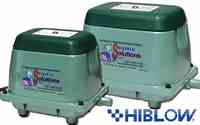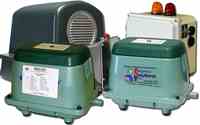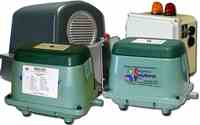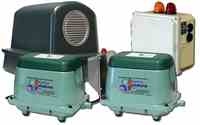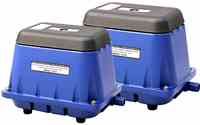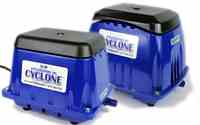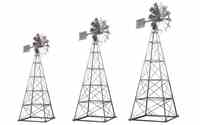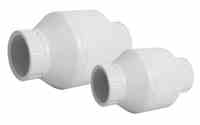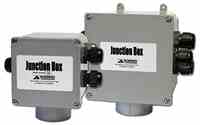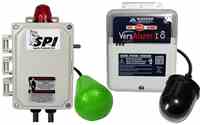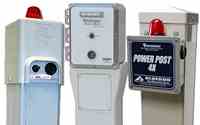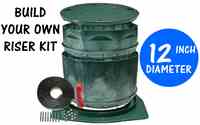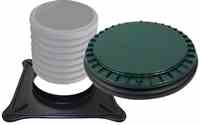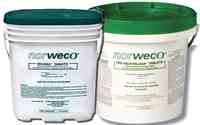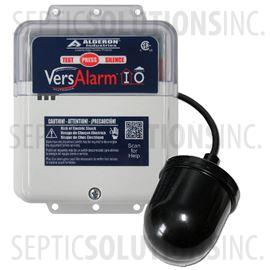Alderon UniMax Control Duty Mechanical Float Switch with 20' Cord
PrintThe Unimax mechanical float control switch has normally open contacts designed for high level notifications or activating a control panel to empty a tank. The switch is activated to "ON" in the raised position.
THIS ITEM HAS BEEN DISCONTINUED AND REPLACED WITH THE ALTRA™ SERIES CONTROL SWITCH FROM ALDERON.


Discontinued
Item #:7221
Manufacturer: Alderon
SEPTIC SOLUTIONS HAS DISCONTINUED
THIS ITEM FROM OUR INVENTORY
- 10 Degree Narrow Angle Mechanical Float Switch
- 20' Cord, No Plug
- 4 Amp, 18/2 SJOW Wire, 120V/240V
- For Use With A Control Panel or High Water Alarm
- SST Pipe Mount Assembly Included
- UL Listed, CSA Listed, Heavy Duty Contacts
- Normally Open Contacts for Emptying Applications
- Activates To ON In The Raised Position
- Designed For Use In Sewage and Wastewater Applications
- For Use With Control Panel or High Water Alarm
- Custom Cord Lengths Available, Call 1-877-925-5132
Finding the correct float switch for your application can become very confusing, due mainly to the fact that there are just so many to choose from. At Septic Solutions, we carry nearly 20 different float switches, and these are only the most popular models. In this article we will discuss in further detail how to choose the correct float for your application.
On our website you will see the floats labeled “PUMP DOWN” or very rarely “PUMP UP”. This is in reference to the position the float needs to be in to activate. The floats labeled “PUMP DOWN” have what we call normally open contacts, which means they are inactive in the lowered position and activate when raised. These can be used for emptying tanks or for high level alarms. The floats labeled “PUMP UP” are opposite. They have normally closed contacts, which means they are active in the lowered position and deactivate when raised. These can be used for filling tanks or low level alarms. The “PUMP DOWN” switches are most common in the septic system industry.
Floats can be divided into two main categories: Pump Switches and Control Switches. Pump switches are designed to turn a submersible pump on and off, while control switches are designed to be connected to a control panel and are mainly used for high water alarms.
PUMP SWITCHES
Pump switches are designed to control the operation of a submersible pump. They can handle higher amperages than control switches. These are generally are wide angle which means they have to move 90 degrees to switch to the “ON” or “OFF” position. This is needed when controlling a pump because you have to be able to pump out a range of water and it also keeps the float from being interrupted by turbulence in the water.
When choosing a float switch to control the operation of a pump, the first question that needs to be answered is about amperage. Since the power for the submersible pump will be flowing through the float switch it will need to be able to at minimum handle that amperage. Our most popular floats come in the following levels: 13 amps, 15 amps, and 25 amps.
Once you determine which amperage float you need for you application a decision will need to be made about how this float will be installed. Our float switches come either with a piggy-back plug or without a plug.
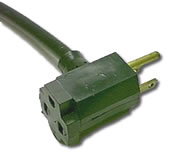 If you purchase a float switch with a piggy-back plug the installation is very simple. The plug on the float switch will plug-in to a power outlet, and then the pump will plug into the piggy-back outlet on the back of the float. That is all there to it, your pump will only come on when the float is in position to allow it.
If you purchase a float switch with a piggy-back plug the installation is very simple. The plug on the float switch will plug-in to a power outlet, and then the pump will plug into the piggy-back outlet on the back of the float. That is all there to it, your pump will only come on when the float is in position to allow it.
Pump switches without a piggy-back plug must be hard wired, and this gets a little more complicated. Floats are all two wire so to install on a pump you must splice the float switch in the “HOT” line coming from the power source. This splice should be done in a control panel or waterproof junction box to ensure that the connection does not get wet and cause a short.
The last option that you have available is whether to use mercury or mechanical. Mercury switches use a small amount of mercury liquid to open and close the contacts. Mechanical switches have a ball bearing on a track that moves back and forth. While mercury switches are said to be more reliable, they are not allowed by law to be used in some states (see our website) and are only available in 13 amps.
Click Here to Purchase A Pump Float Switch
 CONTROL SWITCHES
CONTROL SWITCHES
Control switches are designed to connect to a control panel, mainly for high or low level alarms. These switches are generally low amperage and what we call narrow angle. Narrow angle float switches on need to move 10 degrees to switch position. This means they are very sensitive to changes in water level, which makes them great for high or low level alarms.
Deciding which control switch to purchase is much easier. The main option you have is whether you want mercury or mechanical. No control switch will ever come with a plug, again because it will be wired directly to a control panel or alarm box. Also as explained earlier, you have “PUMP DOWN” and “PUMP UP” versions. The “PUMP DOWN” version will be used for HIGH level alerts. The “PUMP UP” version will be used for LOW level alerts.
Click Here To Purchase A Control Float Switch
The floats switches listed on our website are the most popular used units. However if you have an application in which one of our floats will not work, we have the ability to get many other kinds and should be able to find something for your application. We can also get most of our floats in many different cords lengths including: 10ft, 15ft, 20ft, 30ft, and 50ft. For questions or to special order a float switch, give us a call toll free at 1-877-925-5132.


